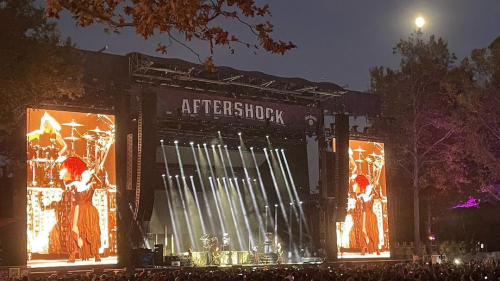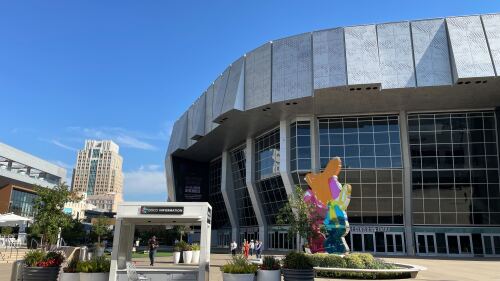Recently, we asked you which vacant office spaces around town you’d recommend be converted to affordable housing. You know, the empty buildings you pass every day on your morning commute and think “that would make a great blank.” As usual, you did not disappoint. Here are some of the answers you shared.
Your picks
“All the state offices that are now vacant or mostly vacant in Downtown. It would revitalize the area.” — Dan P.
“Not residential, but there’s an empty, 1 story building on U and 13, takes up the whole block, that would make a great midtown gym” — @pikolus
“ALL. And eminent domain on lots undeveloped or empty for more than 3 years.” — @reasonablebloke
“Most of the State buildings. Let workers keep teleworking and use the ‘extra’ spots” — Anonymous
The big picture
In case you missed it, the White House recently released a new plan to convert vacant commercial buildings into residential housing through resources like:
- Grants: Funding from the government can help cover the costs of land acquisition and construction. For example, the Community Development Block Grant Program provides annual grants to fund housing projects.
- Land dispositions: Transferring property to local governments, non-profits, and for-profit developers can reduce the cost of affordable housing.
- Taxes: When transforming office space into housing, systems like plumbing, heating, and cooling typically need replacing. This can be an opportunity to make improvements to energy efficiency — which can be rewarded with tax incentives and credits.
There are more resources than we could possibly list — 20+ programs across multiple agencies. Good thing all the current federal resources are consolidated into this guidebook.











